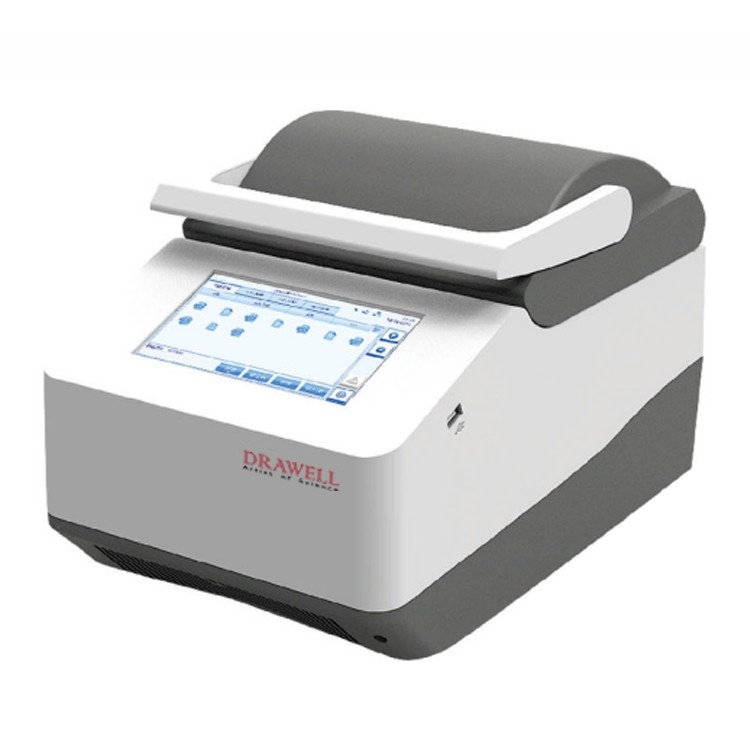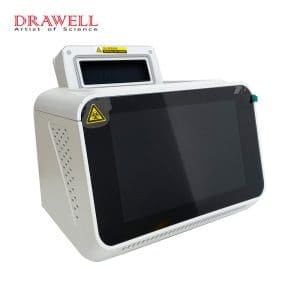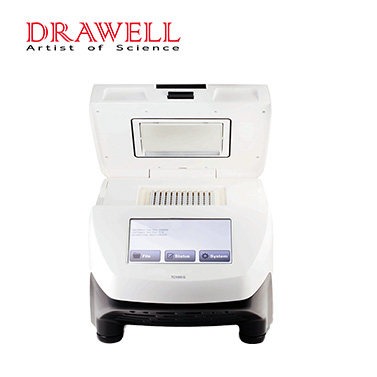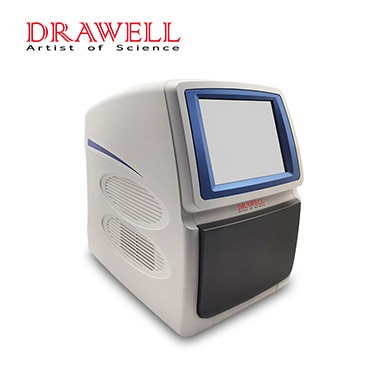PCR amplification instrument, also known as PCR gene amplification instrument, PCR nucleic acid amplification instrument, or polymerase chain reaction nucleic acid amplification instrument, is a kind of amplification instrument for specific DNA using PCR (Polymerase chain reaction, polymerase chain reaction) technology. Instruments and equipment are widely used in medical and biological laboratories, for example, they are used to determine whether a certain genetic disease will appear in a sample, the diagnosis of infectious diseases, gene replication, and paternity testing.
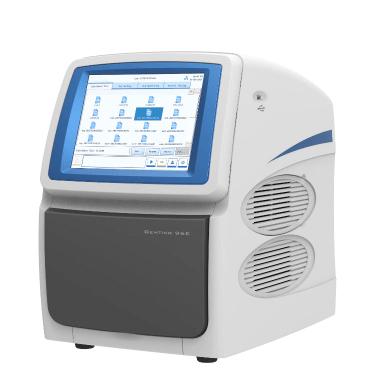
According to the purpose of DNA amplification and detection standards, PCR instruments can be divided into four categories: ordinary PCR instruments, gradient PCR instruments, in-situ PCR instruments, and real-time fluorescent quantitative PCR instruments.
1. Ordinary PCR Instrument
A PCR instrument that can only operate at a specific annealing temperature for one PCR amplification is called a traditional PCR instrument, also known as an ordinary PCR instrument. Multiple runs are required if different annealing temperatures are to be made. It is mainly used for simple amplification of the annealing temperature of the target gene. The instrument is mainly used in scientific research, teaching, clinical medicine, inspection and quarantine, and other institutions.
2. Gradient PCR Instrument
One-time PCR amplification can set a series of different annealing temperature conditions (temperature gradient, usually 12 kinds of temperature gradient) PCR instrument is called a gradient PCR instrument. Because different DNA fragments to be amplified have different optimal annealing temperatures, by setting a series of gradient annealing temperatures for amplification, one-time PCR amplification can screen out the optimal annealing temperature with high expression. for efficient amplification. It is used to study the amplification of unknown DNA annealing temperature, which saves cost and time. The gradient PCR instrument can also perform ordinary PCR amplification without setting a gradient. Mainly used in scientific research and teaching institutions.
3. In Situ PCR Instrument
The intracellular gene amplification instrument used for the localization analysis of the target DNA in the cell is called an in situ PCR instrument. For example, the location of the pathogenic gene in the cell or the role of the target gene in the cell. It is to maintain the integrity of cells or tissues so that the PCR reaction system can penetrate tissues and cells, and carry out gene amplification at the position of the target DNA of the cells. It can not only detect the target DNA but also mark the position of the target sequence in the cell, which has great practical value for studying the pathogenesis, clinical process, and pathological changes of diseases at the molecular and cellular levels. Mainly used in clinical and scientific research.
4. Real-time Fluorescent Quantitative PCR Instrument
A PCR machine that adds a fluorescence signal acquisition system and a computer analysis and processing system on the basis of an ordinary PCR machine is called a fluorescent quantitative PCR machine. The PCR amplification principle is the same as that of ordinary PCR instruments, except that the primers added during PCR amplification are labeled with isotopes, fluorescein, etc., and the primers and fluorescent probes are used to specifically bind to the template for amplification.
The amplification result is connected to the computer analysis and processing system through the real-time acquisition signal connection of the fluorescent signal acquisition system to obtain quantitative real-time result output. This PCR instrument is called a real-time fluorescence quantitative PCR instrument (qPCR instrument). Fluorescent quantitative PCR instruments have single-channel, dual-channel, and multi-channel.
When only one fluorescent probe is used for labeling, a single channel is used, and when multiple fluorescent labels are used, multiple channels are used. A single channel can also detect multi-fluorescence-labeled target gene expression products because only one target gene can be detected at a time, and multiple amplifications are required to detect the amount of different target gene fragments.
According to the different heating media during DNA amplification, the PCR instrument can be divided into variable temperature aluminum block type PCR instrument, water bath type PCR instrument, and variable temperature flow type PCR instrument.
5. Variable Temperature Aluminum Block PCR Instrument
The heat source is made of resistance wire, conductive thermal film, and heat pump Peltier semiconductor element, which heats the aluminum block with concave holes and cools down with tap water, a refrigeration compressor, or a semiconductor. Advantages: fast temperature conduction, good amplification consistency of each tube; no external coating of paraffin oil is required when the reaction tubes have the same specifications; temperature conversion can be adjusted by microcomputer; the cooling part of the instrument can be cooled to 4°C after the amplification is completed, and the samples can be stored overnight. Disadvantages: The temperature of the reaction liquid in the tube lags behind the temperature displayed by the aluminum block; a special thin-walled heat-resistant reaction tube that closely matches the shape of the aluminum block’s concave hole must be used; it is difficult to quickly overcome the heat capacity of the aluminum block when the temperature changes; the compressor refrigeration starts slowly, and the weight is large. Long lag time.
6. Water Bath PCR Instrument
The instrument itself has 3 water baths with different temperatures. The shelf with the reaction tubes is shifted and the temperature is raised and lowered by a mechanical device to make the temperature cycle. Advantages: water is the heat transfer medium, the temperature is easy to keep constant, and the heat capacity is large; there is no special requirement for the shape of the reaction tube, the temperature conversion is fast and the amplification effect is stable; it has high operating efficiency and the specificity of the amplification product is good. Disadvantages: The high-temperature bath is unstable, and the water surface needs to be covered with liquid paraffin; it takes a long time to change the temperature of the water bath, it is difficult to implement complex procedures (such as nested PCR), and the instrument is large in size; room temperature affects the lower limit of temperature.
7. Variable Temperature Flow PCR Instrument
According to the dynamic principle of airflow, the temperature is raised and lowered with hot and cold air as the medium. Advantages: rapid temperature change, good amplification effect, suitable for micro-volume and rapid PCR; the reactor is not limited by the shape, and there is no need to apply liquid paraffin outside the tube; the temperature of the liquid in the tube is measured as the basis for temperature control, and the displayed temperature is true and reliable; easy to set with a microcomputer Complicated temperature change program; easy to make a portable instrument with lightweight, suitable for going out. Disadvantages: room temperature is the lower limit of temperature, low temperature is difficult to control, and the dynamic requirements for airflow are relatively high. Careful design is required to make the temperature of each tube uniform.

